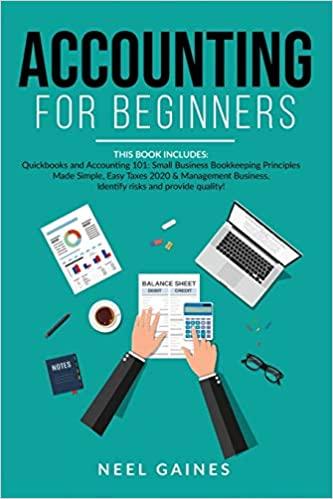Question
ANSWER QUESTION 2, MAY NEED INFO FROM Q1. 1. The Jaguar Bank of Indianapolis (JBI) starts operations on January 1, 2017 issuing equity amounting $
ANSWER QUESTION 2, MAY NEED INFO FROM Q1.
1. The Jaguar Bank of Indianapolis (JBI) starts operations on January 1, 2017 issuing equity amounting $ 150. JBI advertises an annual interest of 2% for its savings deposits, paid annually, and a $ 9 a year maintenance fee for each checking account. On the first day of operations, 3 customers open checking accounts with JBI and save a total of $ 1000 in their checking accounts. The same customers save a total of $850 in their savings accounts. The bank lends $ 1250 for 3 years at an annual interest rate of 4% and another $ 350 for 10 years at an annual interest rate of 8%. It also purchases treasury bills worth $200 which earns 1% per annum. JBI maintains the required reserve (10% of checking deposit balances) at the Fed and keeps the remaining liquidity in cash reserves (currency notes and coins). Federal Reserve pays no interest on JBIs reserve account. Nor does JBI on checking accounts of its customers. JBIs operational expenses during its first year of operations is $ 70 and the corporate tax rate is 25%. Shareholders of JBI receive 10% dividends.
2. For simplicity we ignored travelers checks in deriving the money multiplier as a function of (C/D) and (R/D). Suppose we are more careful and include travelers checks in the money supply. Let T be the level of travelers checks, so T/D is the ratio of travelers checks to checking deposits.
(a) Derive the money multiplier in terms of C/D, R/D, and T/D.
(b) Assume the monetary base is $1 trillion, the currencydeposit ratio is 0.5, the reservedeposit ratio is 0.1, and the travelers checks to deposit ratio is 0.006.
(c) Calculate the money multiplier and the money supply.
(d) Suppose the currencydeposit ratio rises to 0.9. If the Fed holds the monetary base constant, what happens to the money multiplier and the money supply?
(e) Suppose the Fed wants to keep the money supply constant at the level found in part (a). How must it adjust the monetary base when the currency-deposit ratio rises? 2
(f) Go to the Table 5 available at the link below and pick the values for C (currency), T (travelers checks) and D (sum of demand deposits and other checkable deposits) for the most recent date (last raw of the table). https://www.federalreserve.gov/releases/h6/current/default.htm Based on those data, find the values of C/D and T/D.
(g) Assuming that R/D = 0.1, find the money multiplier based on the expression you derived in (a).
(h) Find the most recently updated value of the monetary base from the following link (Table 2). https://www.federalreserve.gov/releases/h3/current/
(i) Estimate the M1 money stock based on the monetary base you found above and the money multiplier you derived.
(j) Find the actual M1 money multiplier as M/B.
(k) Do you find that the actual money multiplier to be the same as the number you calculated? If not, how do you explain the difference.?
PLEASE SHOW ALL WORK
Step by Step Solution
There are 3 Steps involved in it
Step: 1

Get Instant Access to Expert-Tailored Solutions
See step-by-step solutions with expert insights and AI powered tools for academic success
Step: 2

Step: 3

Ace Your Homework with AI
Get the answers you need in no time with our AI-driven, step-by-step assistance
Get Started


